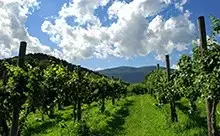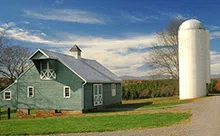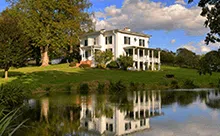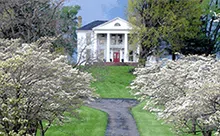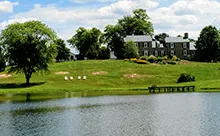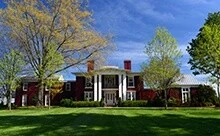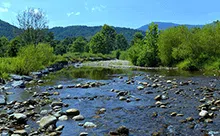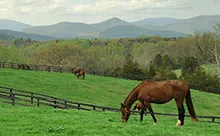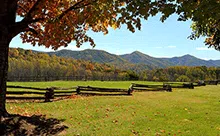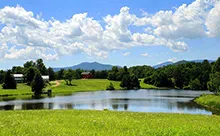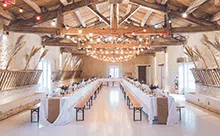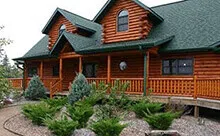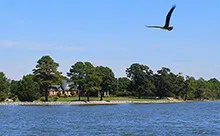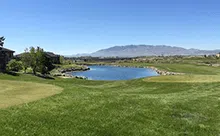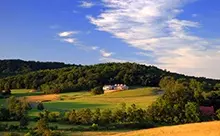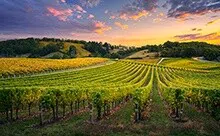French Influence Architecture in Virginia
French Influence (Second Empire) in Historic Virginia Homes
Under Napoleon III Paris went through a great rebuilding period. French architectural style was influential in America between 1855-1895, and this period in home building is termed Second Empire. The French influence is distinctive, and many beautiful historic properties in central Virginia are representative of this style.
Probably the most significant characteristic is the Mansard roof. The Mansard is a steep angled roof, the height of which typically contains one living floor. Dormers typically accentuate the steep roof style above the first cornice. The roof will finish on a second, upper plane not visible from the street at near distance. Typically the roof will be shingled in slate and the dimensions will be equal on all sides.
Modest homes in this style will be of two stories, with the upper contained within the lower plane of the Mansard roof. The larger, sometimes opulent, Second Empire homes constructed during the later part of the 19th century will typically be of three stories with a center hall plan, but many variations of asymmetrical floor plans exist in this style.
These homes are typically square in shape overall, or constructed as a combination of squares included in the overall design, with large windows, typically bay type and with simple yet celebratory, adornments above. A large front or side porch with double columns is common.
A symmetrical facade is often the case in such homes, but asymmetrical floor plans are common. Sometimes a central tower, or tower or multiple towers will be offset from the center front elevation, comprising a full story or two and will be clad with a nearly vertical Mansard roof extending above the lower roof line in grand style.
Sculpted detail will adorn dormers, windows, doors and pillars. Sculpted corbels will often support the prominent flat overhanging eaves. The style and ornamentation was typically expressive of a celebratory feel evoking a sense of grand scale and expensive taste.
Iron “cresting” will sometimes be integrated and adorn the upper roof cornice, of classic examples. This feature is missing in some older homes simply because of deterioration of the iron over the decades, and it’s not having been replaced. This feature originally would not only serve for providing architectural relief but also for lighting dispersal as well in historic plans.
Advancements in rail transport, production means and modulation of architectural elements, helped to make this style particularly popular in many parts of Virginia during the later half of the 19th century. Many fine, older, central Virginia farm houses and homes exist in the classic style of the Second Empire, French. And there have been many modern extrapolations of this practical style. Classic urban examples exist in places such Staunton, Richmond, Lynchburg and Charlottesville, and in small communities throughout the commonwealth of Virginia.
Key elements of Second Empire architectural design:
- The classic Mansard roof, containing at least one level
- Multiple levels of grand, bay type windows
- Cresting, or iron adorning the upper crest
- Celebratory sculpting of pillars and corbels
- Flat overhanging eaves


















